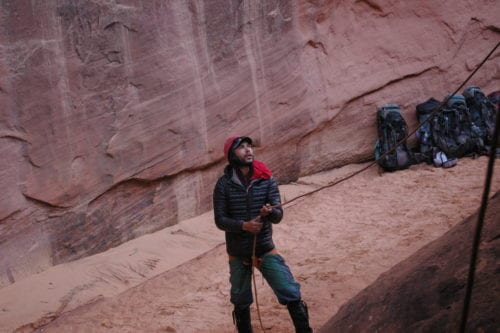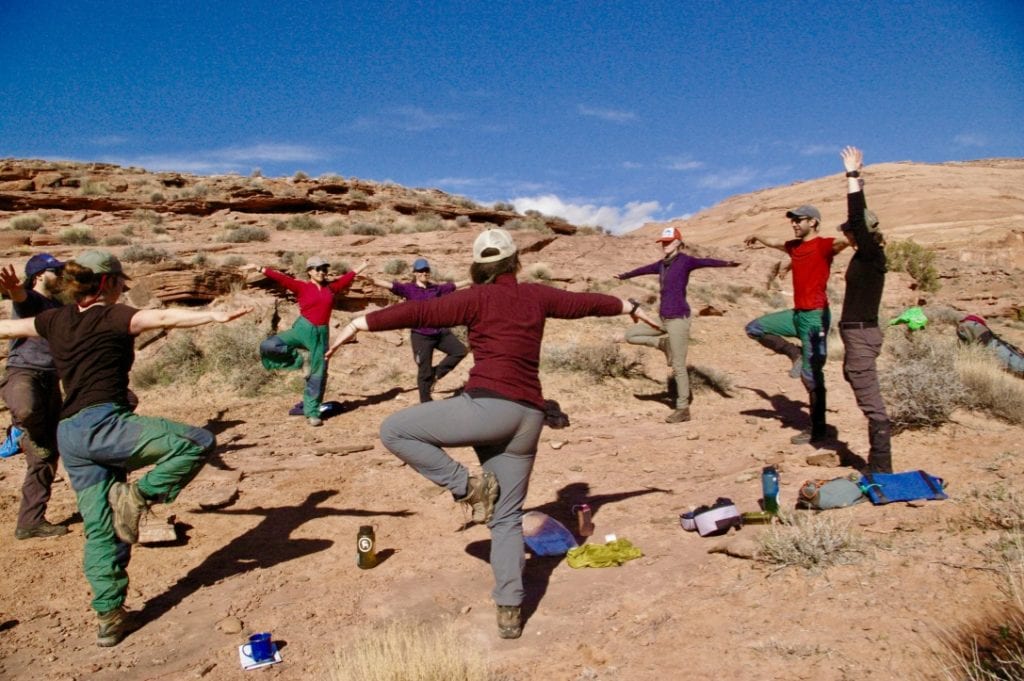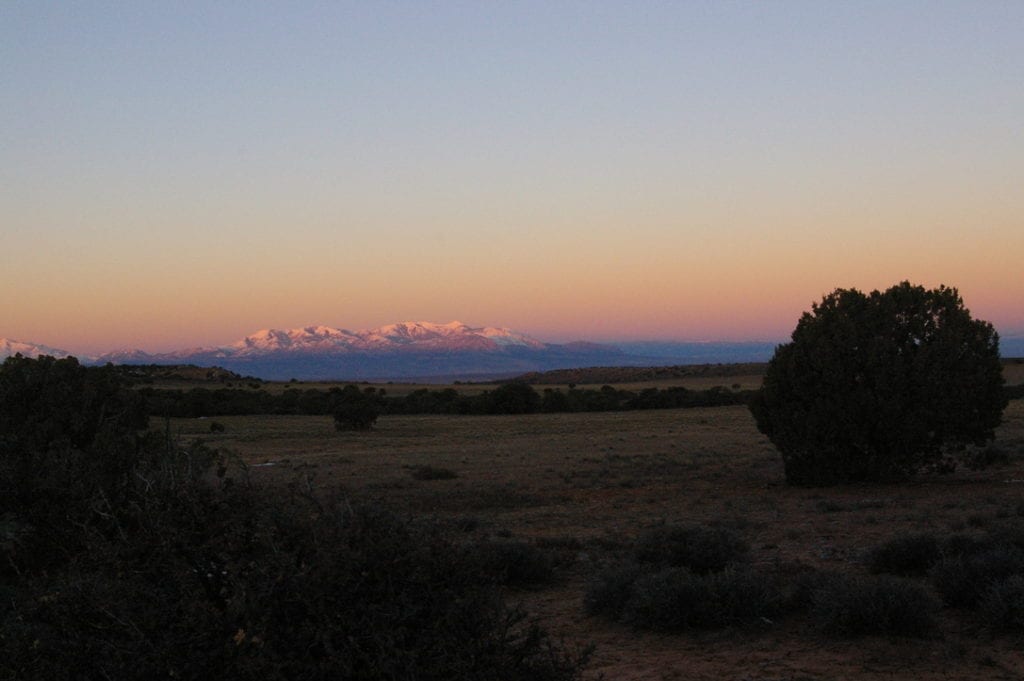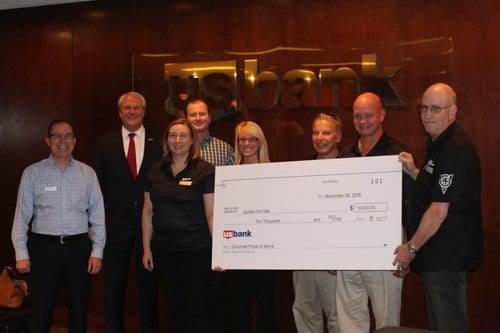Before self-care was synonymous with face masks and bubble baths, and the hashtag spurred more than 16.5 million Instagram posts, self-care existed primarily as a means of survival.
In the 1970s and 1980s minority and queer communities used self-care as an act of self-preservation. At a time when minority and queer communities were overlooked, underserved, and forgotten, the practice of self-care was essential for their health.
Yet self-care has proliferated since 2016, powered by a different group: white, upper-class women. After the tumultuous 2016 election, people were at a loss of what to do. Faced with never-ending vitriol during the campaign season, people didn’t know how to cope—and turned to self-care for answers. “The Critical Role of Self-Care for Handling Post-Election Stress”, “The Election Self-Care Detox”, “Soak, Steam, Spritz: It’s All Self-Care” were all published by major news outlets in just a three-month span.
As self-care has become more popular lately, it has been influenced by capitalistic culture. Instead of signaling a shift from the dominant system, it returned to it. We interviewed two Saybrook Mind-Body Medicine faculty members—Cliff Smyth, Ph.D., and Laura Witte, Ph.D.—to discuss the true meaning of self-care, the problematic nature of its commercialization, and why in the end, community care may be the future.

Q: Thanks for speaking with us today. What does self-care mean to each of you?
A: Dr. Smyth: For me, self-care starts with the capacity to notice when things are going awry and what somebody can do with it. A lot of it starts with awareness and a lot of that awareness starts with bodily experiences, because emotions show up in the body.
A: Dr. Witte: For the general population, when we talk about wellness, most people think of taking care of yourself in general such as exercise and eating health. For me, I believe in the holistic approach which is, mind, body, and spirit.
Q: Before you can know what works best for yourself in terms of self-care, you need to know yourself. How can people go about finding what self-care means to them?
A: Dr. Witte: As we evolve and get clearer on what it is that we’re looking for that brings us fulfillment in life, we start to explore options and find what works for us. But some people just get so caught up in the rat race of life that they don’t focus on what’s really important to them.
If something happens, many people are looking for an immediate fix to relieve the discomfort. Perhaps it’s a job loss and they go find another one and start this new job tomorrow, but it’s not actually what they want. When we can take a look at the bigger picture and explore, it’s a great starting point for some self-evaluation. Questions to ask oneself could be “what do I want to create for my home life/family, career, emotional support, and spiritual guidance?” If I could create my ideal life, what would it look like and how can I “give back” in a meaningful way?
A: Dr. Smyth: After some self-evaluation, people can develop criteria on what’s going to get them the most benefits. So taking some time out, like doing a manicure-pedicure may be that you’re just not on your phone, you’re not doing emotional labor, you’re taking some time for yourself, to reflect a bit about your life. And there may be some health enhancing qualities to doing something like that.
Self-care doesn’t have to be sophisticated. You can ask yourself: is it creating relaxation? Is it creating a space to reflect on one’s life without ruminating? Is it helping you sleep? Is it helping you make better diet and exercise choices? If yes, then it’s probably self-care. Self-care almost always involves some clear positive intentions, commitment of time, and focused attention.

Q: What do you think of the commercialization of self-care, of the face masks and bubble baths that are frequently a part of marketing messages?
A: Dr. Smyth: The whole thing is that the space between pampering yourself and developing a substantial meditation practice has now been occupied somewhat by the monetization of self-care practices, which makes it complicated.
A: Dr. Witte: I think things like face masks and bubble baths are the Hallmark answers. Those are things that anybody can enjoy but it just doesn’t get to the heart of the issue. Whatever the situation is for the individual, we need to get to the source of the problem to ultimately find our own joy and happiness. This is different for everyone. That’s why it’s such an individualized path for all of us to explore.

Q: Beyond the glamour of the current idea of “self-care”, there are also political components. For example, for some people, it’s necessary for people to practice self-care to prevent the need for medical services.
A: Dr. Witte: Allopathic medicine doesn’t solve everyone’s problems. It’s a piece of the puzzle. When we partner with our holistic counterparts, we can help patients on a much deeper level.
One of the biggest barriers that people face in getting help is financial. Even with health insurance, there are still pay co-pays and deductibles. And if someone wants to get to the root of the problem and address it from a holistic standpoint, insurance usually does not cover this. For example, if someone wants to see a naturopathic physician or an acupuncturist, this would often be an out-of-pocket expense. But this may give the client the relief and answers they are looking for.
Q: As a retort of sorts, the same communities that originally brought about self-care have reenergized the idea of community care, where communities step up to look after one another—prompted by the same problem these communities faced in the 1970s. Now that the pre-packaged, commercialized self-care is proving to be less effective for treating problems, how does the concept of community care play into the future?
A: Dr. Smyth: It’s fundamentally human to find ways to take care of each other. Research shows that the person who gives, benefits a lot, sometimes even more than the receiver. It’s political but it’s also somewhat spiritual.
I can really see this in some places and pockets in America where, without communities and without strong families, people would really be in trouble. Unfortunately, there are places where people don’t have strong families or communities and that’s where you need policy, funding, and people reconnecting to the idea of community care to build that support back up.
I think of examples: my wife and I both had surgeries a few years ago, and we didn’t have each other to help. Luckily, we had friends around who were willing to help. Every night for a month after each of us had surgery, somebody came around and dropped off a meal. We were very fortunate.
This is a social shift though, accepting that self-care alone is inadequate. It’s a fad for now, and hopefully we can move into more long-term solutions, like community care. Community care is important to talk about now and into the future.

If you are interested in learning about graduate-level programs available at Saybrook University, fill out the form below to request more information.











































